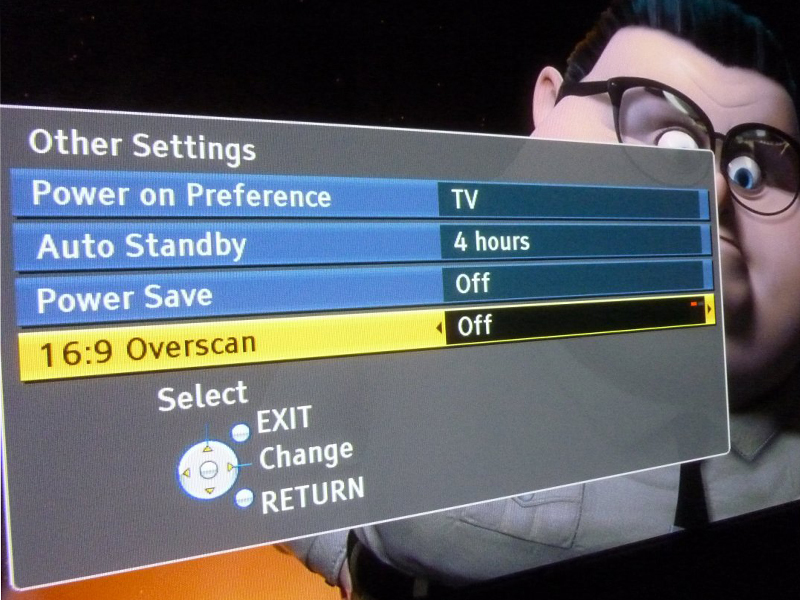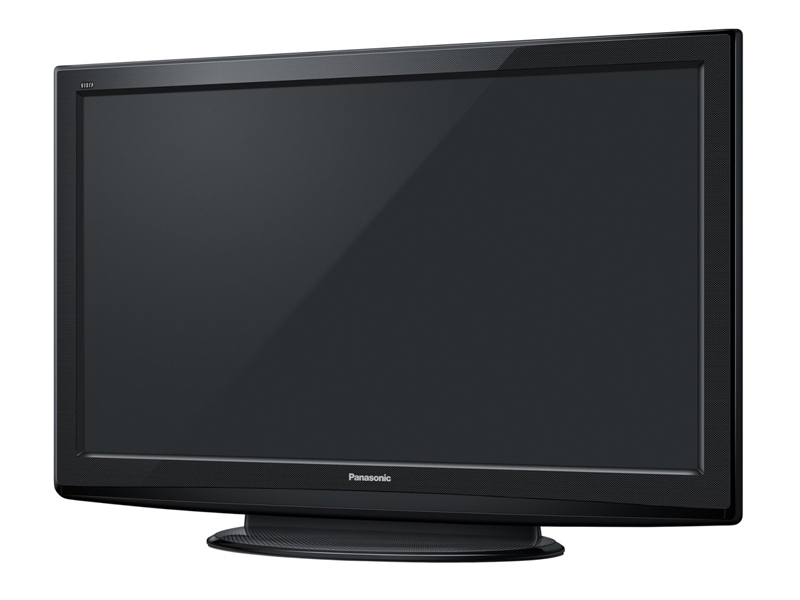Why you can trust TechRadar
The TX-P37X20 performs well with a combination of test patterns and content types. Using standard monoscope test images, clarity is dictated by the native resolution of the panel; consequently a 1,080-line test signal maxes out at 720 lines on screen and much of this definition is retained during movement.
A test developed by the Advanced PDP Development Centre, sporting an ever-decreasing graticule grid, reveals only a modest loss of detail. Scrolling horizontally at 6.5ppf (pixels per frame), image definition dips to around 700 lines.
A little more detail is shed when the speed of the pattern increases to 12.5ppf. A secondary test pattern, comprising of scrolling Japanese and English text, shows just how robust the image quality is, with no smudging at 100, 50 and 30 per cent brightness.
The set only offers simple picture parameter control (in keeping with its likely use). There's the various viewing modes (Dynamic, Normal, Cinema, True Cinema and Game), plus basics like Brightness, Colour and Sharpness, plus colour balance.

There's not much picture processing beyond this, although you can elect to engage C.A.T.S. (Contrast Automatic Tracking System), which automatically tweaks settings depending on ambient room lighting, P-NR (Picture Noise Reduction) noise reduction and 3D-Comb, which purports to make still images more vivid.
You can't fiddle around with gamma levels, although the TX-P37X20 does use Panasonic's proprietary Real Black Drive system, which in itself is rather adept. Using pre-discharge control technology, it keeps phosphors under tight reign allowing crisp, deep blacks to sit alongside peak whites.
Contrast is rated by Panasonic at 2,000,000:1. This is a dynamic, rather than a native figure, so take it with a big pinch of salt. However, a test sequence of the Tokyo tower, shot at night, reveals just how dynamic images can look.
While the night sky is convincingly black, the neon highlights on the tower and brightly lit surrounding trees, give tremendous depth to the image. A 20/20 B&W scale confirms this excellent greyscale performance.
Unlike competitively priced LCD screens, which often suffer with uneven backlighting (be it LED or CCFL), the smooth tonality of the Panasonic image is unquestionable.
The viewing angle is also first rate. Plasma is intrinsically more supportive of wider viewing angles than LCD/LED screens, retaining colour and contrast when viewed off axis.
Colour fidelity is terrific. Hues ping, particularly reds. A test sequence comprising brass instruments and varnished violins looks completely natural.

For gamers, there's a dedicated mode; the lighting fast response of the panel makes it a fine choice for rapidly moving titles such as Call of Duty: Black Ops. Panasonic rates the response time on this panel at 0.001ms.
To help prevent screen retention, contrast is also lowered automatically after a few minutes if no control signals are sent to the set, or no operations are performed. Low contrast negates any likelihood of screenburn.
Despite the lack of headline grabbing fast frame rates, this screen is wonderfully smooth. A cinematic panning test from Sleeping Beauty (Blu-ray) has Prince Charming cantering behind a rocky outcrop with buttery ease; there's no judder. Yet despite this glacial smoothness, the screen always looks cinematic. Panasonic's 100Hz IFC processing does not add any additional (unwanted) artefacts to the image.
Current page: Panasonic TX-P37X20 review: Picture
Prev Page Panasonic TX-P37X20 review: Ease of use Next Page Panasonic TX-P37X20 review: Sound and valueSteve has been writing about AV and home cinema since the dawn of time, or more accurately, since the glory days of VHS and Betamax. He has strong opinions on the latest TV technology, Hi-Fi and Blu-ray/media players, and likes nothing better than to crank up his ludicrously powerful home theatre system to binge-watch TV shows.

